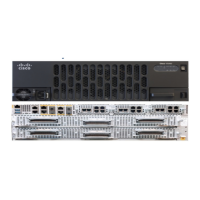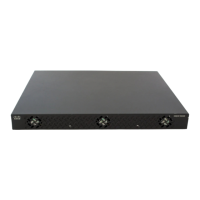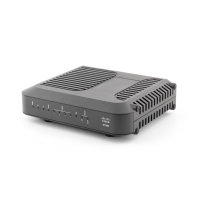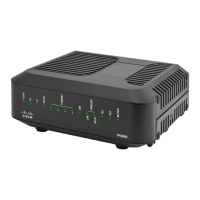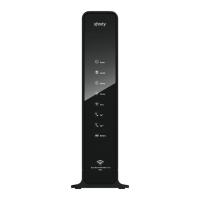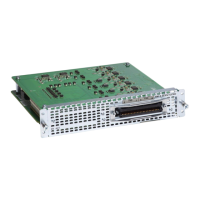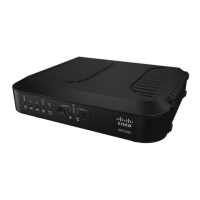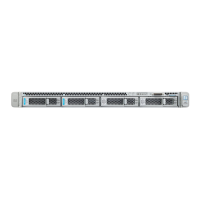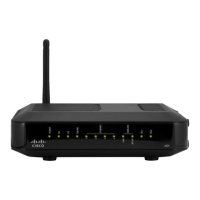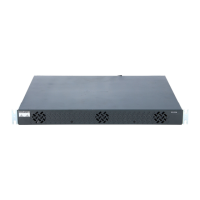CHAPTER 4
Threat Defense Deployment with the Device
Manager
Is This Chapter for You?
To see all available applications and managers, see Which Application and Manager is Right for You?, on
page 1. This chapter applies to the threat defense with the device manager.
About the Firewall
The hardware can run either threat defense software or ASA software. Switching between threat defense and
ASA requires you to reimage the device. You should also reimage if you need a different software version
than is currently installed. See Cisco Secure Firewall ASA and Secure Firewall Threat Defense Reimage
Guide.
The firewall runs an underlying operating system called the Secure Firewall eXtensible Operating System
(FXOS). The firewall does not support the FXOS Secure Firewall chassis manager; only a limited CLI is
supported for troubleshooting purposes. See the Cisco FXOS Troubleshooting Guide for the Firepower
1000/2100 and Secure Firewall 3100/4200 with Firepower Threat Defense for more information.
Privacy Collection Statement—The firewall does not require or actively collect personally identifiable
information. However, you can use personally identifiable information in the configuration, for example for
usernames. In this case, an administrator might be able to see this information when working with the
configuration or when using SNMP.
• End-to-End Tasks, on page 100
• Review the Network Deployment and Default Configuration, on page 101
• Cable the Device, on page 104
• Power on the Device, on page 105
• (Optional) Check the Software and Install a New Version, on page 106
• (Optional) Change Management Network Settings at the CLI, on page 107
• Log Into the Device Manager, on page 109
• Complete the Initial Configuration, on page 110
• Configure Licensing, on page 111
• Configure the Firewall in the Device Manager, on page 118
• Access the Threat Defense and FXOS CLI, on page 121
• Power Off the Firewall Using the Device Manager, on page 123
• What's Next?, on page 123
Cisco Firepower 2100 Getting Started Guide
99
